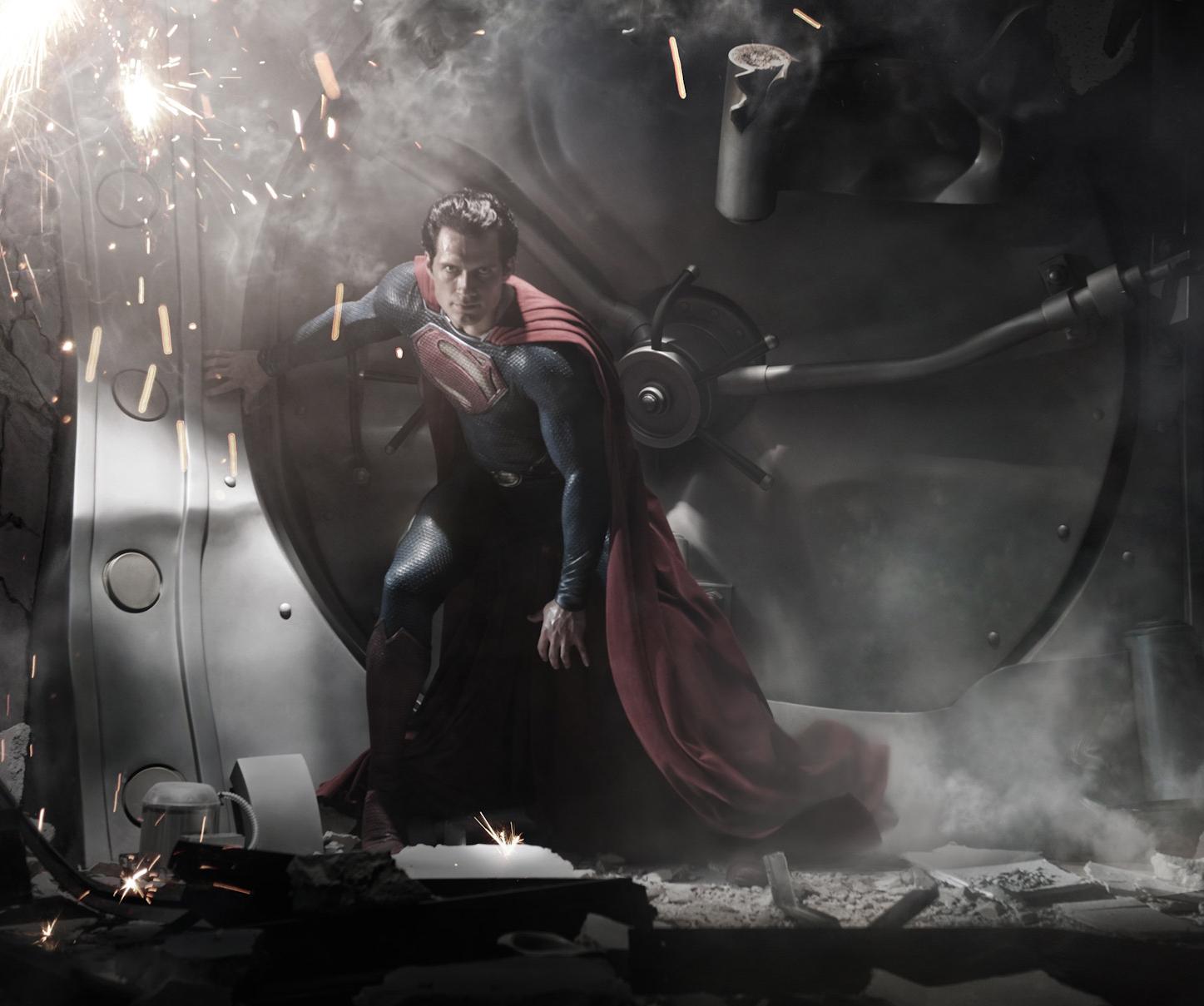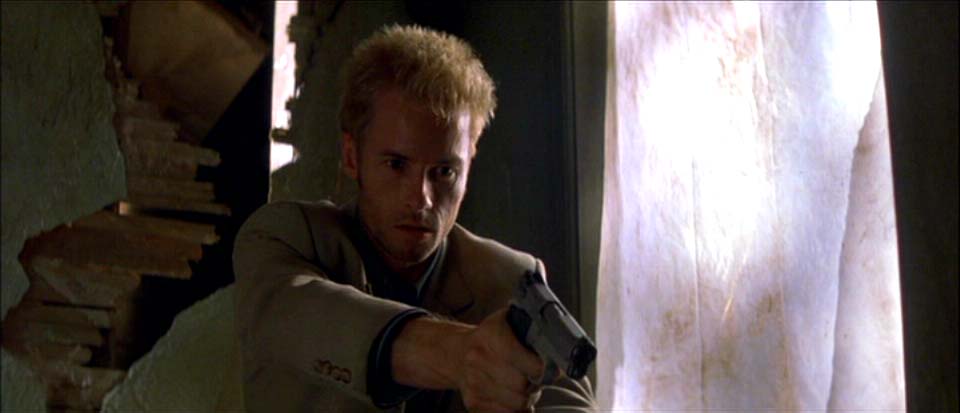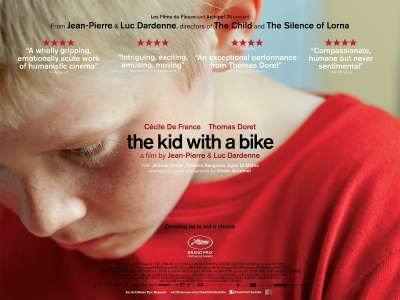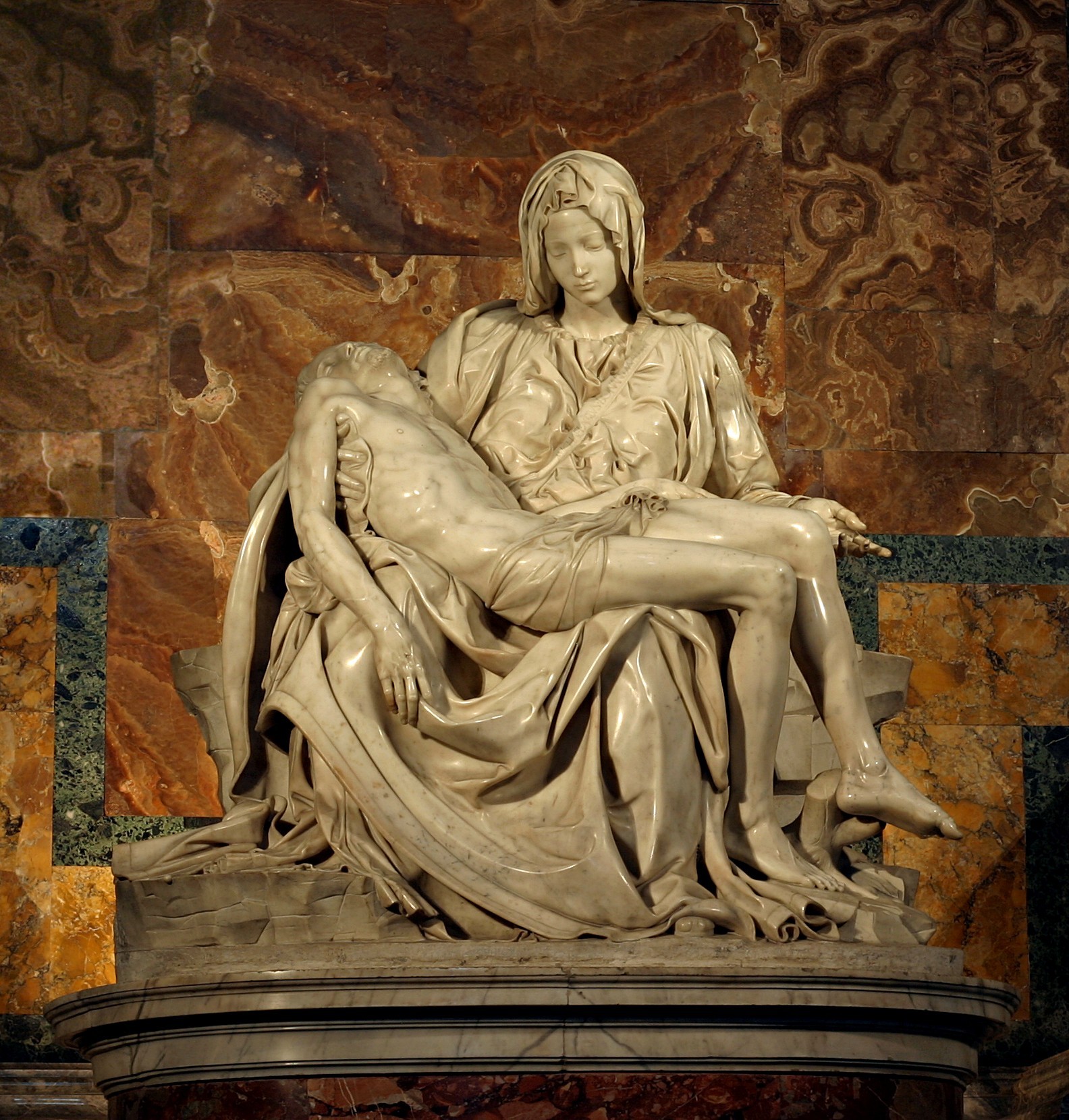After watching Julia Loktev's fascinating, subtly philosophical and psychologically complex
The Loneliest Planet, I read several reviews to see what other people had to say about it. Of the six or seven reviews in
The New Yorker, The Boston Globe, Entertainment Weekly, and others, everyone focused on a key moment that takes place about midway through the film. While this moment is admittedly unsettling and presents a turning point in the relationship between the engaged couple, I thought there were three additional moments that, though perhaps not as shocking as the first, were equally interesting and equally troubling.

The film tells the story of Alex and Nica, played by Gael Garcia Bernal and the Israeli actress Hani Furstenberg, and their backpacking trek through the Caucasas Mountains in Georgia. Alex and Nica, engaged to be married in a few months, seem quite happy together. Opening with a nude Nica jumping up and down to signal her doting Alex that she needs help washing her hair, the film reveals many small scenes that typify their loving and happy relationship. They playfully swing on bars inside a bus, dance together and apart in a local Georgian bar, stand on their heads counting "one chimpanzee...two chimpanzees...three chimpanzees," practice Spanish verb conjugations, and politely listen without judgment to the often crude or slightly bigoted stories of their local guide. All while nearly constantly smiling or laughing. This seemingly perfect couple love each other and seem destined for nothing but happiness in life.

All of this becomes much more complicated after the aforementioned moment. (SPOILER ALERT: Don't read on if you think you might watch the film. Please see the film and experience it for yourself.) As Alex and Nica are walking with their guide, they encounter what might be a father and his two sons. The father(?), a man perhaps in his 60s carries an assault rifle. (A couple of the reviews thought the men were guerrilla soldiers, but the boys seem too young to me and they weren't armed, so I'm not really sure who they were supposed to be.) The three appear to know the guide and speak to him in Georgian, but we don't get subtitles, so we don't know what they are saying. The conversation quickly become tense and there are raised voices; they seem to be upset about Alex and Nica. Alex asks what's going on and the armed man suddenly turns on him, pointing the rifle at Alex's head. This is the shocking moment: Alex quickly grabs Nica and uses her as a shield by putting her between him and the rifle. It's a skillfully staged moment, and it's clear that it is not a calculated move by Alex. It's an unconscious instinct; he does this without thinking about it. He does it to protect himself. After this incident, Nica is understandably upset. Her almost constant smile turns to an almost constant scowl. She doesn't want to speak with Alex and doesn't want to be touched by him. What is interesting about this situation is that, while it was certainly a cowardly and selfish act, it was not done maliciously. He did it without thinking. But the question is, does that matter? Whether is was instinctual or not, he still did this horrible and selfish thing, and we wonder if the relationship can last after this, despite how happy they seemed at the beginning of the film.
The theme of the power of instinct and the question of how much control we have over our actions is reinforced by the mise-en-scene and cinematography. While the film is mostly shot outdoors and we are nearly overwhelmed by the green, verdant, unspoiled grass and mountains, Loktev frames all of the shots in such a way as to never show us a true horizon line. Sometimes I thought I was seeing a horizon line but it was really just a snow-covered mountain in the background. Thus, the greenery and mountains close the characters in an imprisoning, inescapable world. This is done subtly, but it's a perfect example of how cinematography can add to the meaning of a film.
Another key moment occurs when Nica crosses a shallow stream and falls in. Loktev again films and edits the scene brilliantly. The camera is pointed at Alex's back, following him after his safe crossing, and we only hear the splash and cry off screen. Partly because of the guide's position (you'll have to watch this for yourself to judge), the guide rushes in to help her. Alex enters the water, too, but is too late to help and is told to rescue her backpack instead. The guide carries Nica safely to dry land and Alex takes her from him. She immediately jumps out of her fiance's arms. Once again, Nica is visibly upset but we aren't sure if she is upset at Alex for not helping her (maybe she fell in on purpose to test him), or if she is still angry over the earlier shield incident, or if she is angry at herself for falling.
The two other key scenes occur toward the end. Alex retires to his tent early while the guide and Nica remain by the fire drinking out of a ram's horn and exchanging stories of love and loss. The guide asks Nica if he can kiss her and she laughs and then says he can on her hand or check. The guide moves to kiss her on the check but kisses her on the lips instead. He kisses her long and deep and passionately while he caresses her body and she not only allows it but seems to be enjoying it--at least in the moment. Nica returns to her tent, cuddles with Alex and they begin to have sex, but suddenly she gets nauseous and rushes out of the tent and vomits. Alex caresses her bright red hair in a scene that mirrors the hair washing scene from the beginning.
So, here are the questions: Is Nica's kissing the guide justified? Is it an act of revenge? Is it as bad as Alex's selfish act? And what is to be made of her nausea? Is it guilt? Or does the thought of relations with Alex now sicken her? And the biggest questions remain unanswered. Will their relationship survive this trek through the loneliest planet? We see at the end that this couple is clearly more flawed than we initially thought. They are not destined for the happiness that we had hoped for them. Maybe they will separate. Maybe they will remain together and regret it. Or maybe they will be able to forget and forgive each other. My take on the film is that all of these moments, while revealing the flaws of these sympathetic characters, really tell us that they are simply human. They do selfish things that they might not really be able to control, but these acts are representative of who we are as human beings. We fail in so many ways. But if we can't move past our failures, we, too, will live in what can only be the loneliest planet.











